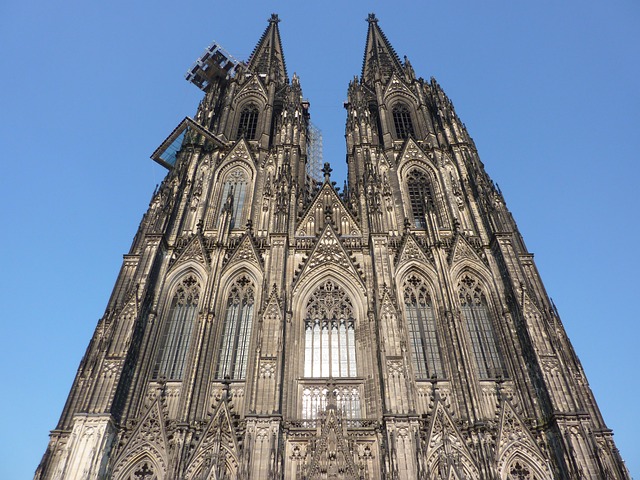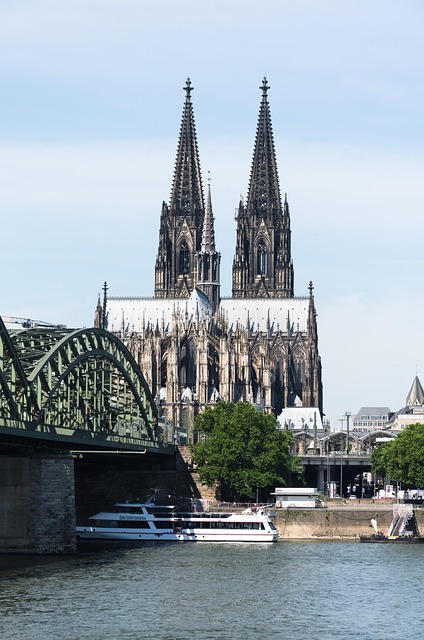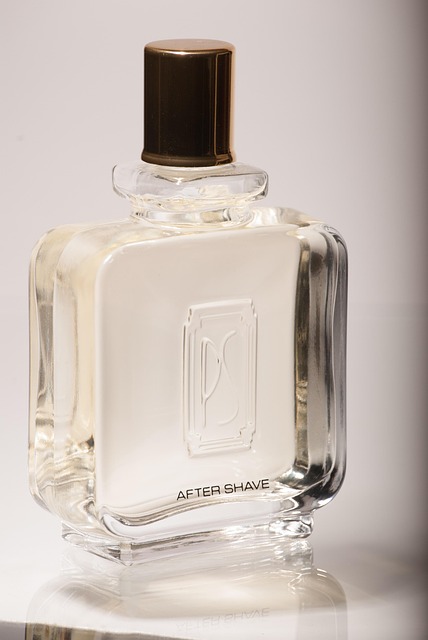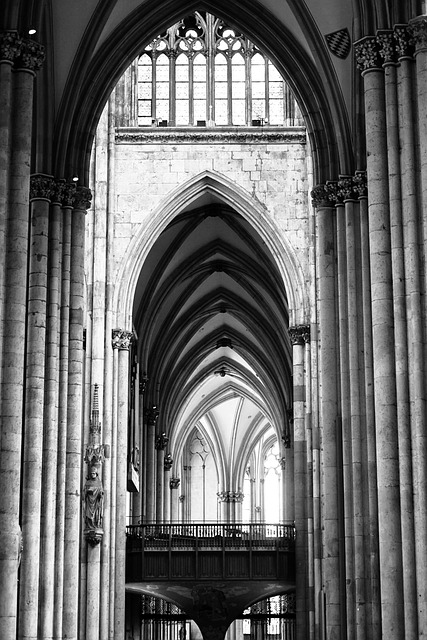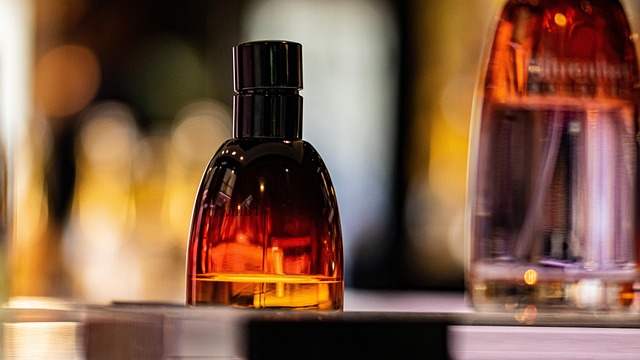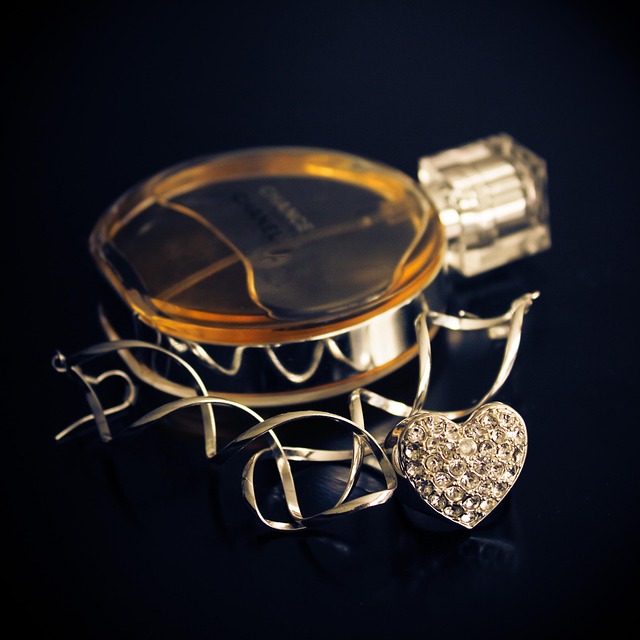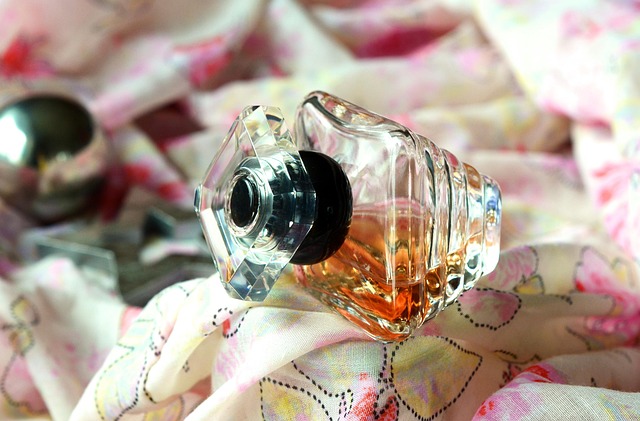Dior Perfume distinguishes itself through exclusive, sophisticated scents crafted with rare ingredients and innovative designs, targeting discerning individuals who value quality, craftsmanship, and uniqueness. While offering both luxury and mainstream options, Dior's focus on niche fragrances sets a high standard in the global perfume market, valued at over $20 billion in 2021, driven by evolving consumer preferences for personalized, artisanal experiences.
“Unveiling whether a new Dior perfume is a niche luxury or mainstream release requires a nuanced approach. This article delves into the intricate dynamics of the luxury fragrance market, focusing on Dior’s unique brand identity and positioning. We explore current trends, analyze the target audience, and dissect the product’s USPs. By comparing it to mainstream offerings, we provide insights into pricing and features, helping consumers discern if this Dior creation is an exclusive niche find or a widely appealing release.”
- Understanding Dior's Brand Identity and Positioning
- Exploring the Market Trends for Luxury Perfumes
- Target Audience: Who Buys High-End Fragrances?
- Analyzing Product Unique Selling Points (USPs)
- Comparing to Mainstream Releases: Features and Pricing
Understanding Dior's Brand Identity and Positioning
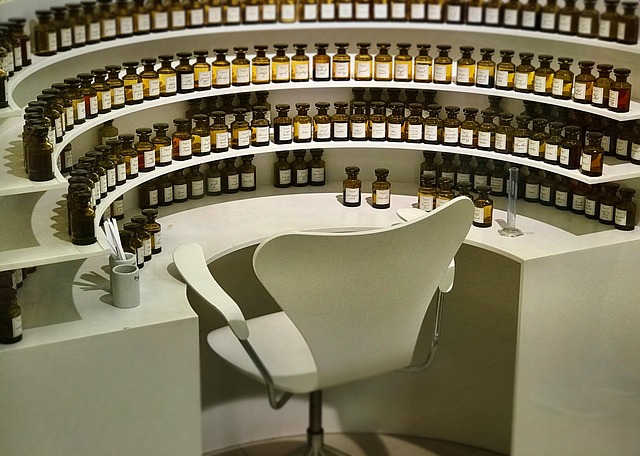
Dior, a name synonymous with high fashion and luxury, has built a brand identity centered around exclusivity and sophistication. The house of Dior is known for its impeccable craftsmanship, innovative designs, and attention to detail, setting a high standard in both clothing and fragrances. When it comes to their perfumes, Dior creates scents that are often considered niche luxuries, catering to those who appreciate unique, refined, and elegant fragrances. This positioning reflects the brand’s commitment to artistic expression and quality, ensuring each creation is a masterpiece.
Among their diverse offerings, Dior Perfume stands out as an iconic symbol of luxury. The brand’s scent portfolio showcases a range of aromas, from floral notes to woody accords, appealing to various preferences while maintaining a consistent air of opulence. While Dior also releases Dior Cologne, the focus on perfumes highlights their dedication to crafting olfactory experiences that transcend mainstream trends, solidifying their reputation as a purveyor of niche, yet desirable, fragrances.
Exploring the Market Trends for Luxury Perfumes
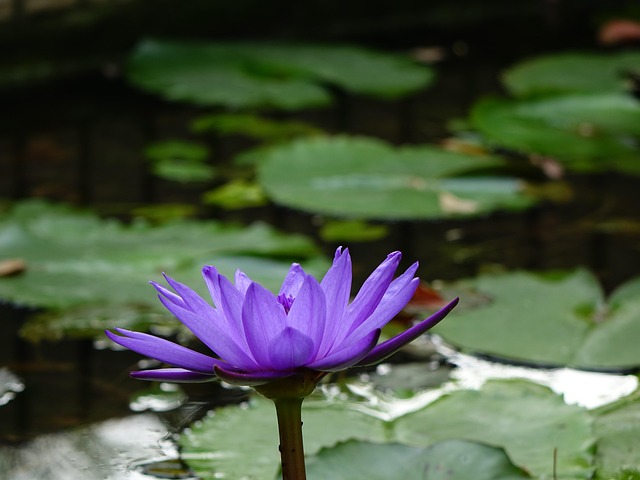
In recent years, the market for luxury perfumes has experienced a notable surge, reflecting evolving consumer preferences and shifting economic dynamics. The global perfume industry, valued at over $20 billion in 2021, continues to grow, with high-end fragrances capturing a significant share. Brands like Dior Perfume have been at the forefront of this trend, releasing niche luxury scents that appeal to discerning consumers worldwide. These perfumes often blend rare and exotic ingredients, showcasing exceptional craftsmanship and artistic flair, which drives up their desirability and pricing.
While mainstream perfume options remain popular, there’s a growing distinction between what constitutes a “niche” luxury product versus a mass-market release. Dior Cologne, for instance, has both mainstream and high-end counterparts, targeting different consumer segments. Niche perfumes often have limited editions, making them exclusive and collectible. They cater to the sophisticated tastes of affluent consumers who appreciate quality, uniqueness, and the story behind each fragrance. This segment’s growth underscores a broader trend: the desire for personalized, artisanal experiences extends beyond fashion into the realm of fragrances, solidifying the place of luxury perfumes as both a personal indulgence and an investment.
Target Audience: Who Buys High-End Fragrances?
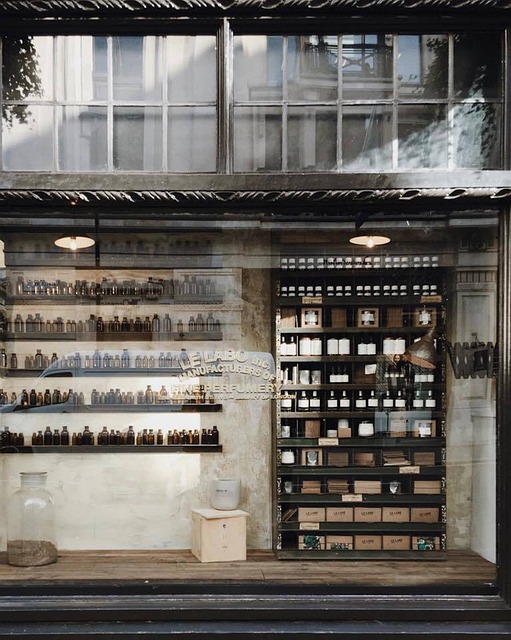
The target audience for high-end fragrances like Dior Perfume is often a discerning group with a refined sense of luxury and aesthetics. These are individuals who appreciate quality, craftsmanship, and exclusivity. They tend to be well-established professionals, collectors, or enthusiasts who understand and value the art and history behind perfumes. Many are fashion-forward folks who see fragrance as an integral part of their personal style and brand identity, much like they would a designer bag or exclusive watch.
When it comes to Dior Cologne, while the brand also caters to this elite demographic, there might be a slight shift in focus. Some high-end fragrances, including those from Dior, have started appealing to a broader audience who appreciate not just exclusivity but also the quality and unique scent profiles that set them apart from mainstream offerings. This new wave of consumers is willing to invest in premium fragrances as a form of self-expression and luxury item, blurring the lines between what’s considered niche and mainstream in the perfume industry.
Analyzing Product Unique Selling Points (USPs)
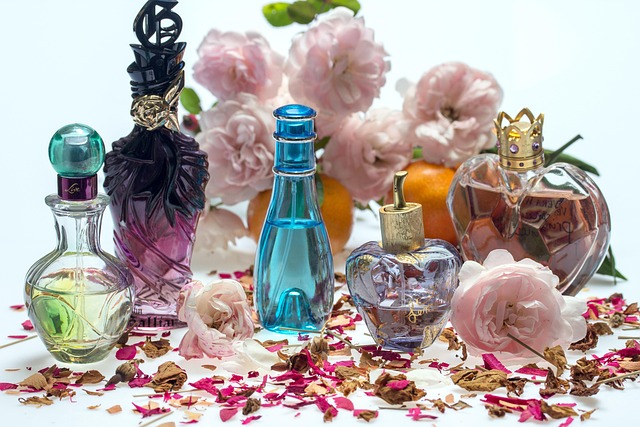
When analyzing a product’s position in the market—be it a niche luxury or mainstream release—identifying its unique selling points (USPs) is paramount. Take Dior Perfume, for instance. Its USPs extend beyond brand prestige and include innovative scent profiles that blend rare, high-quality ingredients to create aromas that are both distinctive and appealing to a broad spectrum of consumers. The house of Dior has consistently pushed the boundaries of perfumery, offering scents that tell stories and evoke emotions, making them more than just fragrances—they’re experiences.
Consider Dior Cologne, too, which shares these USPs but is tailored for a different market segment. While the brand’s perfumes often lean into elegance and sophistication, colognes may focus on freshness, vibrancy, and an energy that caters to younger or more active audiences. This strategic differentiation underscores the brand’s versatility and its ability to cater to diverse consumer preferences while maintaining its signature quality and luxury status.
Comparing to Mainstream Releases: Features and Pricing
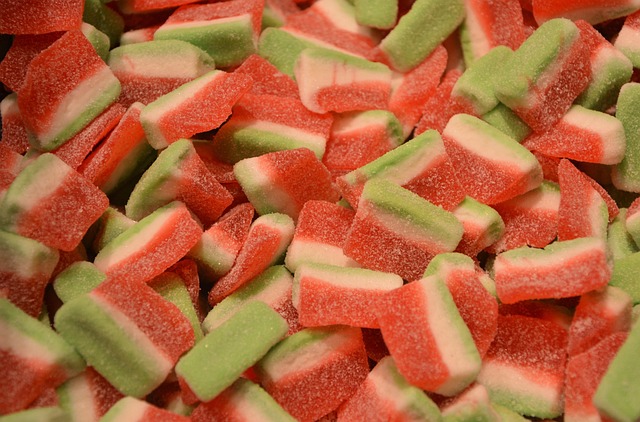
When comparing Dior Perfume to mainstream releases, several key factors stand out. Mainstream fragrances often focus on broad appeal with scents that are easily recognizable and accessible to a wide range of consumers. They typically offer classic notes like floral, fruity, or woody blends, catering to diverse preferences without daring to deviate too far from the norm. In contrast, Dior Perfume—and luxury fragrances in general—tend to be more niche and specialized. They often incorporate unique, high-quality ingredients and innovative scent profiles that set them apart. While mainstream releases might offer affordable prices, luxury perfumes usually command higher tags due to their exclusive compositions, craftsmanship, and brand prestige.
Consider Dior Cologne as an example of a mainstream product. It leans towards classic, fresh notes with a balanced approach, making it appealing to a broad audience. In contrast, Dior Perfume might feature more intricate, exotic combinations that evoke a sense of opulence and exclusivity. This isn’t to say that one is better than the other; it’s simply a matter of target market and intended experience. For those seeking something distinctive and luxurious, Dior Perfume offers an elevated sensory journey, albeit at a price point that reflects its high-end positioning.
